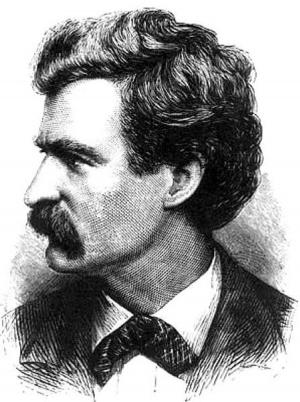| Author: | Claude Fayette Bragdon | ISBN: | 9781465503121 |
| Publisher: | Library of Alexandria | Publication: | March 8, 2015 |
| Imprint: | Language: | English |
| Author: | Claude Fayette Bragdon |
| ISBN: | 9781465503121 |
| Publisher: | Library of Alexandria |
| Publication: | March 8, 2015 |
| Imprint: | |
| Language: | English |
Confronted now with the opportunity to revise the text again, I find myself in the position of a surgeon who feels that the operation he is called upon to perform may perhaps harm more than it can help. Prudence therefore prevails over my passion for dissection: warned by eminent examples, I fear that any injection of my more mature and less cocksure consciousness into this book might impair its unity—that I “never could recapture the first fine careless rapture.” In attempting to develop this thesis it was not necessary (nor as I now think, desirable) to link it up in so definite a manner with theosophy. The individual consciousness is colored by the particular medium through which it receives truth, and for me that medium was theosophy. Though might gain a more unprejudiced hearing, and from a larger audience, by the removal of the theosophic “color-screen,” it shall remain, for its removal now might seem to imply a loss of faith in the fundamental tenets of theosophy, and such an implication would not be true. The ideas in regard to time and space are those commonly current in the world until the advent of the Theory of Relativity. To a generation brought up on Einstein and Ouspensky they are bound to appear “lower dimensional.” Merely to state this fact is to deal with it to the extent it needs to be dealt with. The integrity of my argument is not impaired by these new views. The one important influence that has operated to modify my opinions concerning the mathematical basis of the arts of space has been the discoveries of Mr. Jay Hambidge with regard to the practice of the Greeks in these matters, as exemplified in their temples and their ceramics, and named by him Dynamic Symmetry
Confronted now with the opportunity to revise the text again, I find myself in the position of a surgeon who feels that the operation he is called upon to perform may perhaps harm more than it can help. Prudence therefore prevails over my passion for dissection: warned by eminent examples, I fear that any injection of my more mature and less cocksure consciousness into this book might impair its unity—that I “never could recapture the first fine careless rapture.” In attempting to develop this thesis it was not necessary (nor as I now think, desirable) to link it up in so definite a manner with theosophy. The individual consciousness is colored by the particular medium through which it receives truth, and for me that medium was theosophy. Though might gain a more unprejudiced hearing, and from a larger audience, by the removal of the theosophic “color-screen,” it shall remain, for its removal now might seem to imply a loss of faith in the fundamental tenets of theosophy, and such an implication would not be true. The ideas in regard to time and space are those commonly current in the world until the advent of the Theory of Relativity. To a generation brought up on Einstein and Ouspensky they are bound to appear “lower dimensional.” Merely to state this fact is to deal with it to the extent it needs to be dealt with. The integrity of my argument is not impaired by these new views. The one important influence that has operated to modify my opinions concerning the mathematical basis of the arts of space has been the discoveries of Mr. Jay Hambidge with regard to the practice of the Greeks in these matters, as exemplified in their temples and their ceramics, and named by him Dynamic Symmetry















